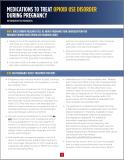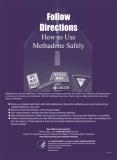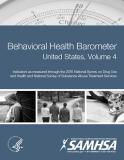
This information sheet, for practitioners, explains the importance of concurrent treatment of OUD with prenatal/postpartum care and the importance of providing the materials to clients.
Units per Product
Download
Medications to Treat Opioid Disorder during Pregnancy
File Type: PDF
File Size: 275 KB






